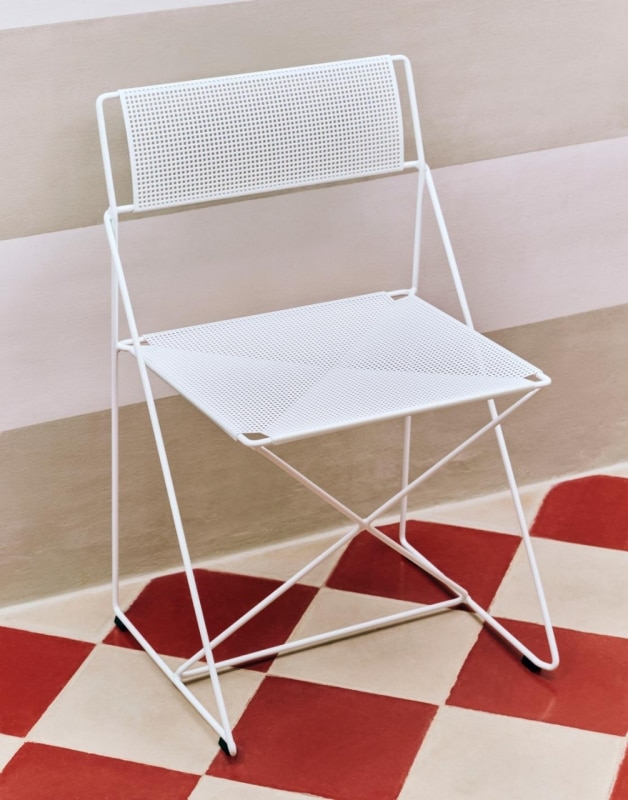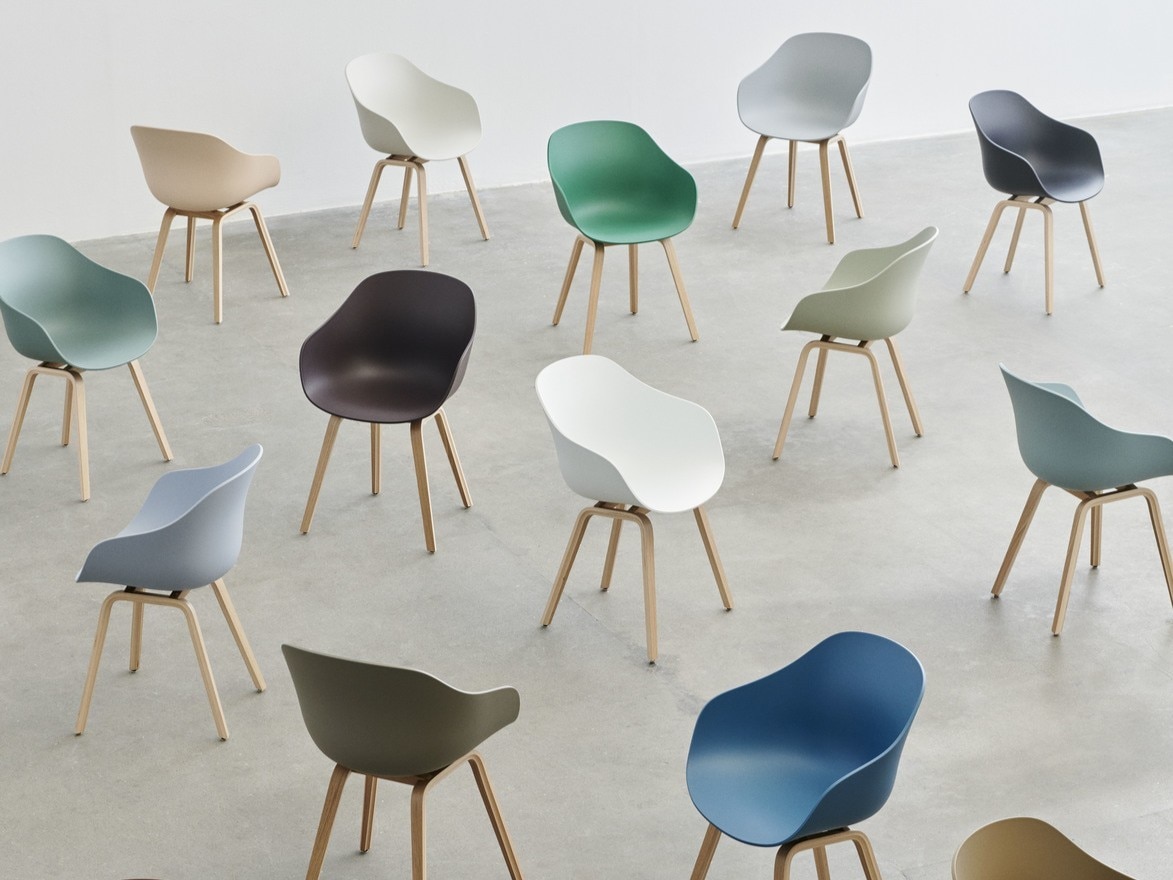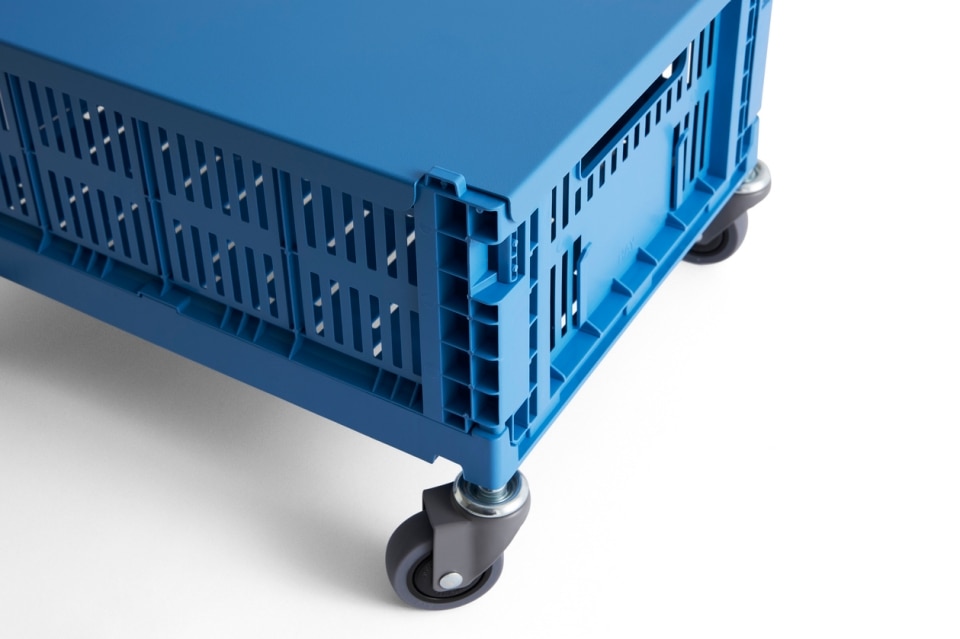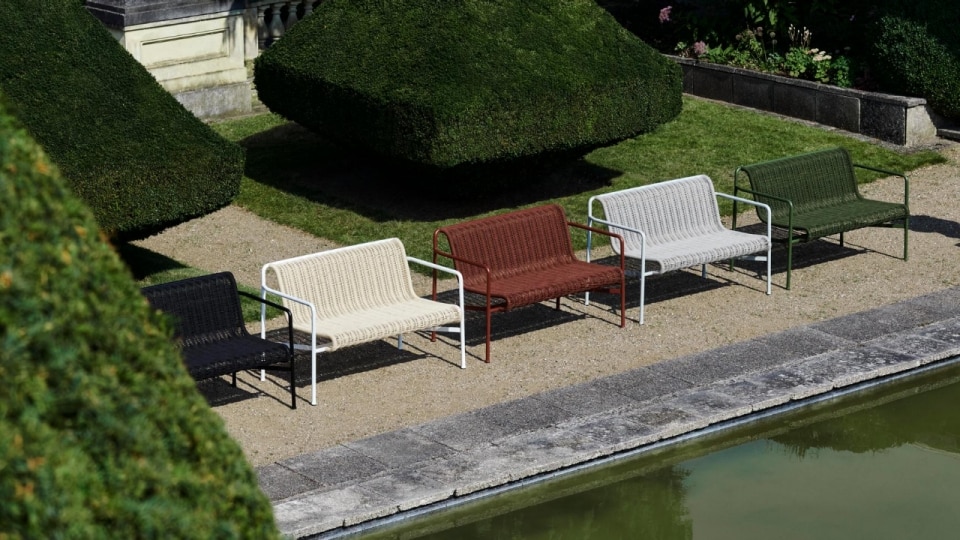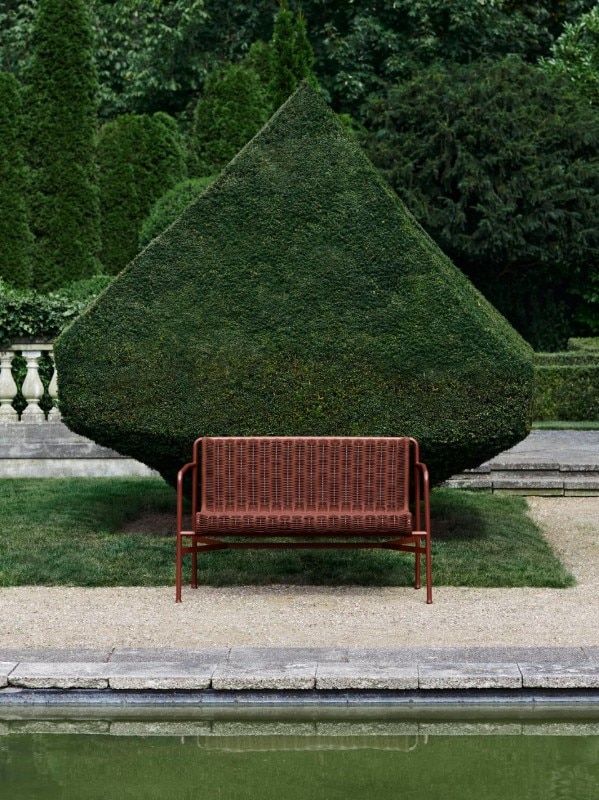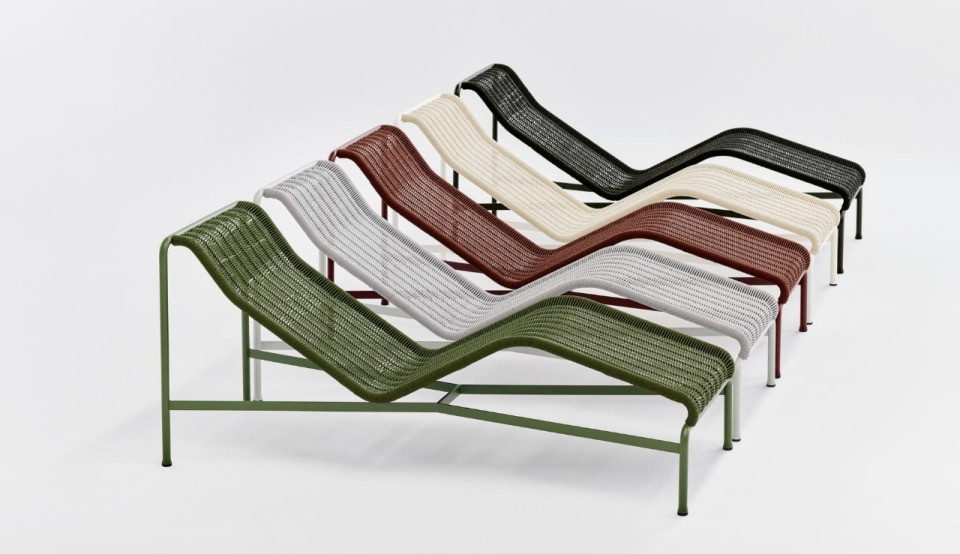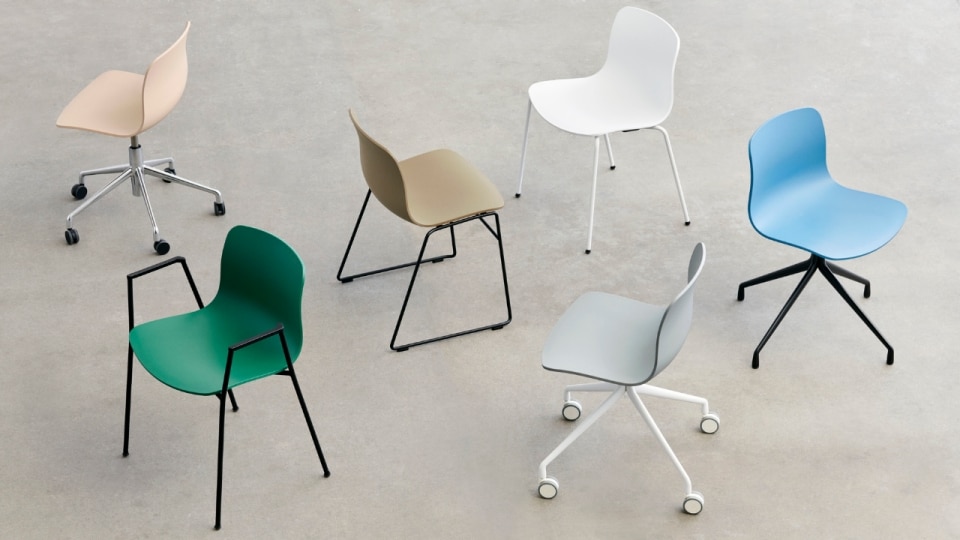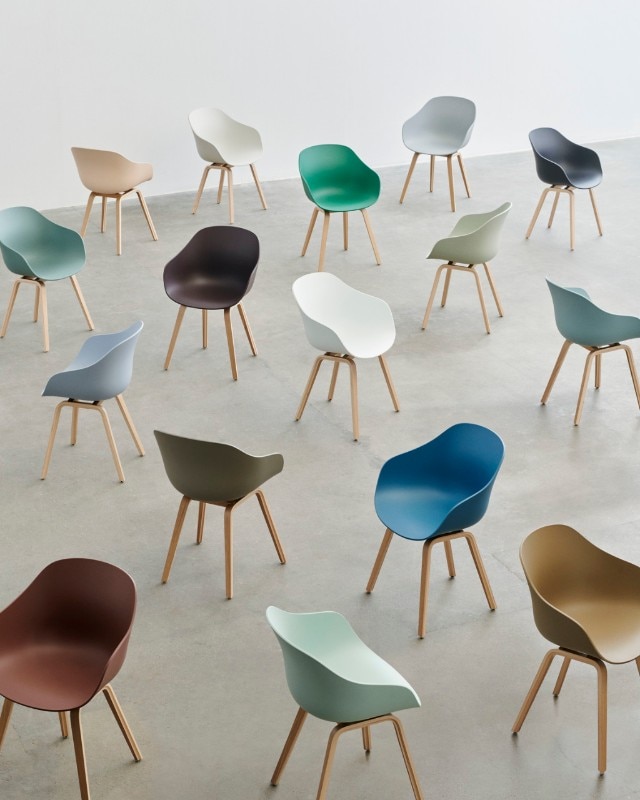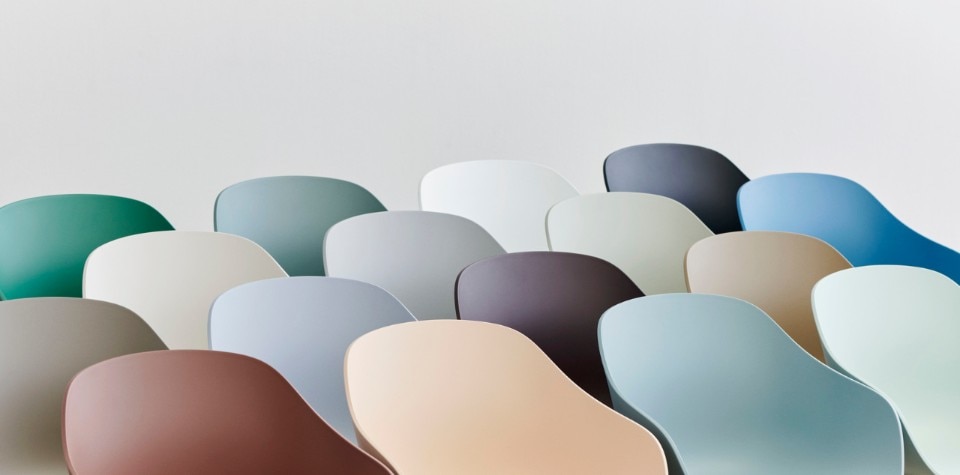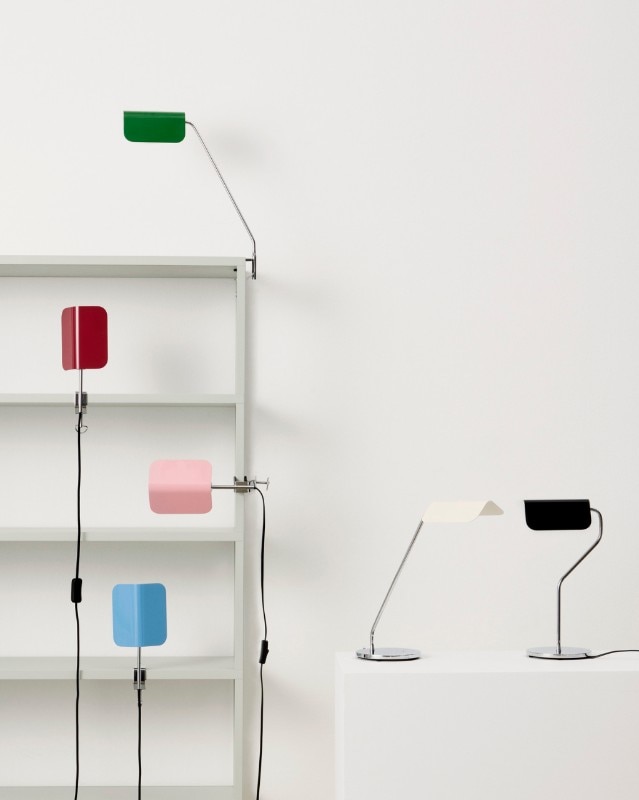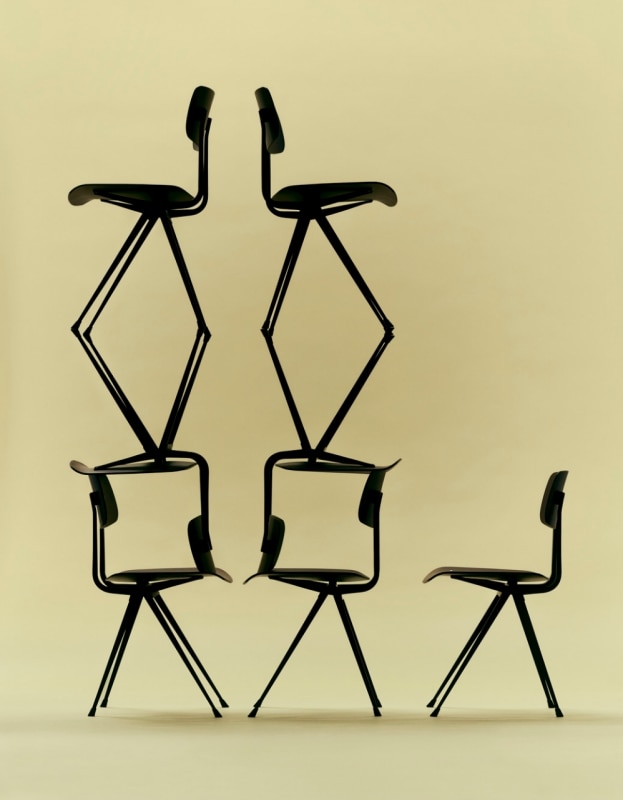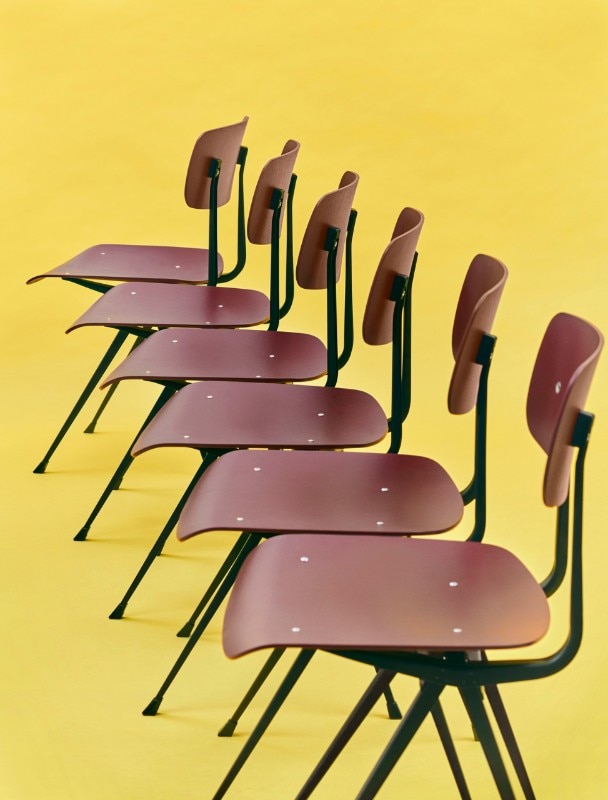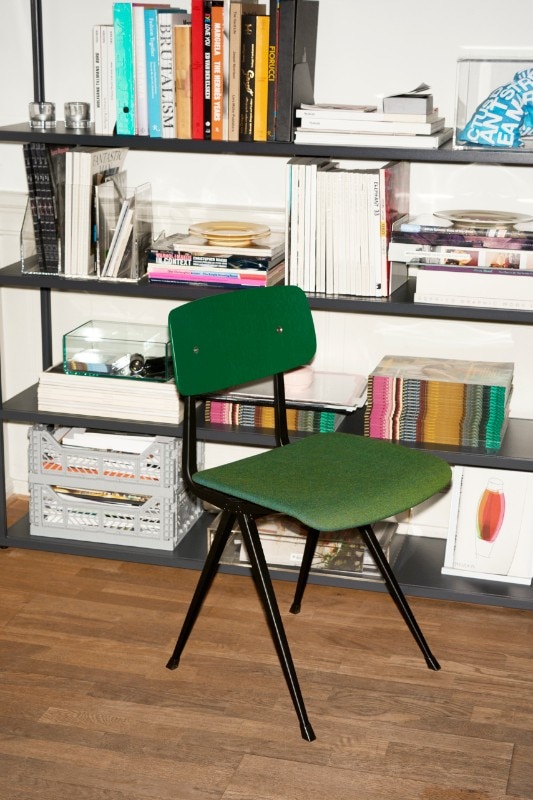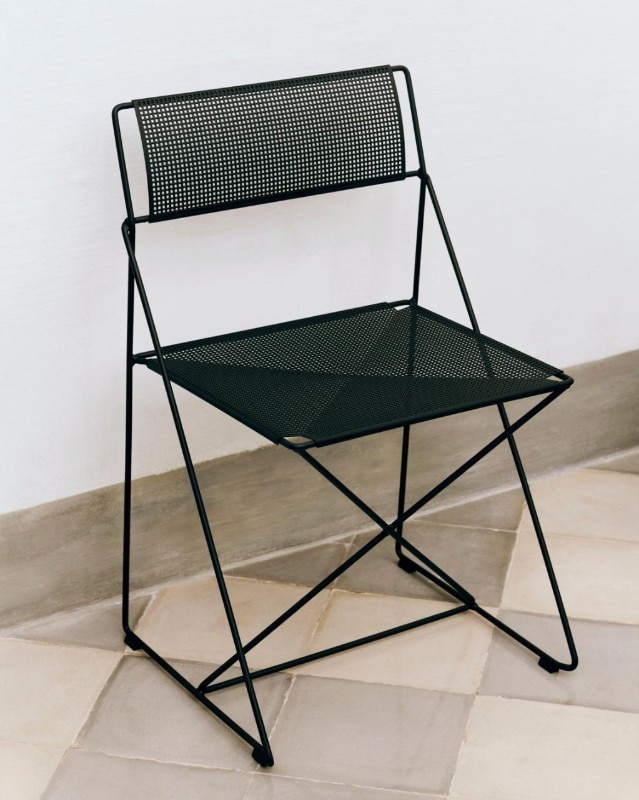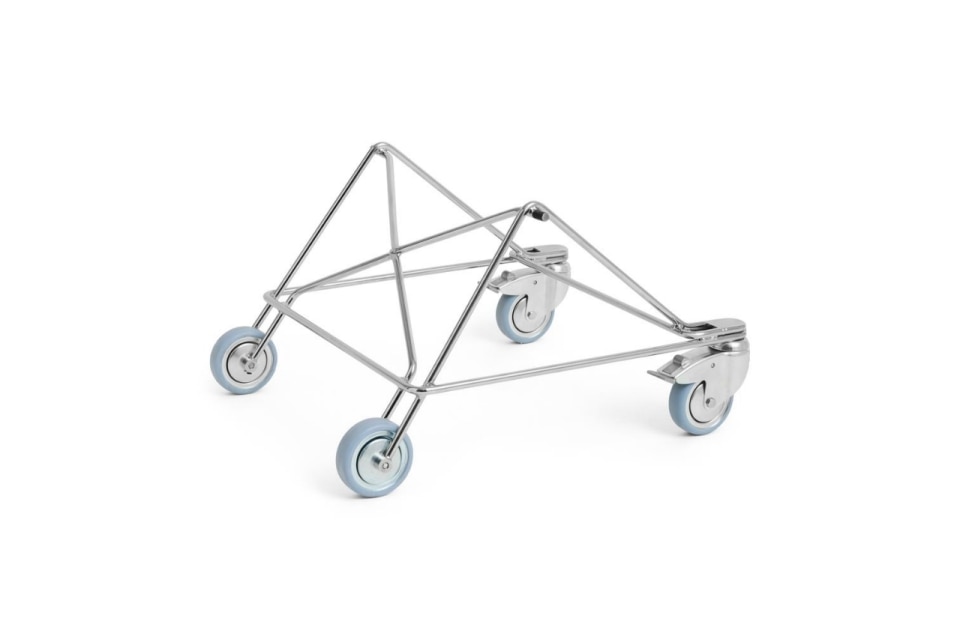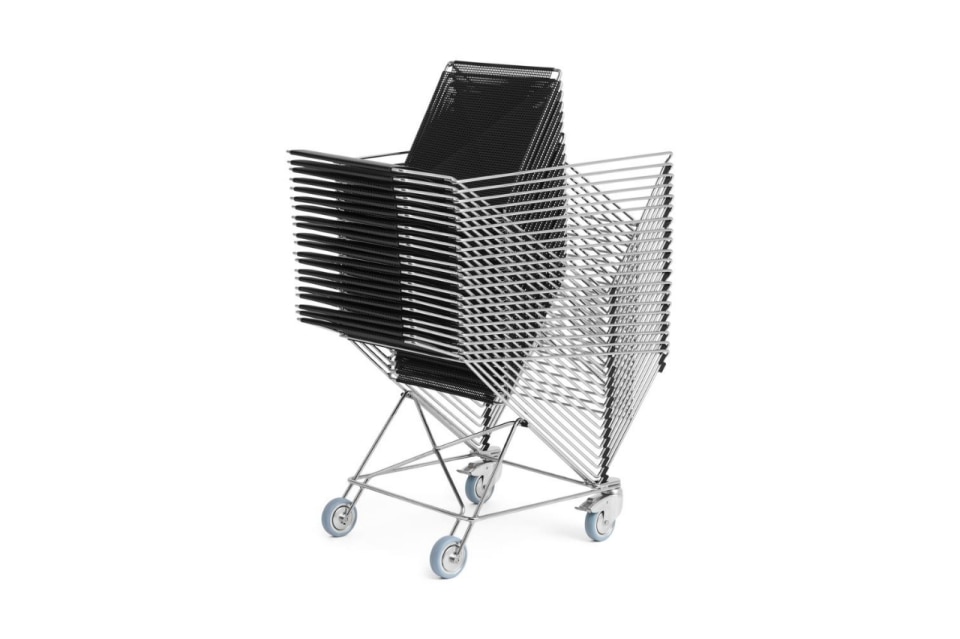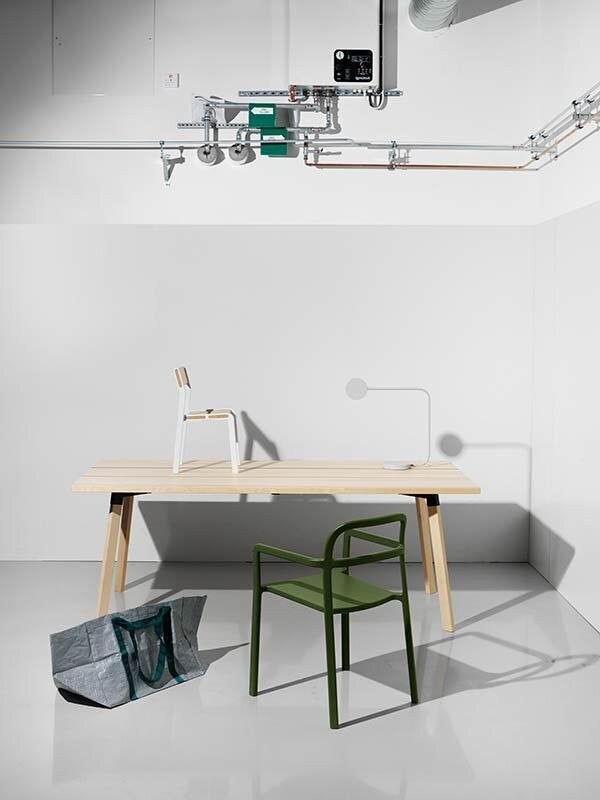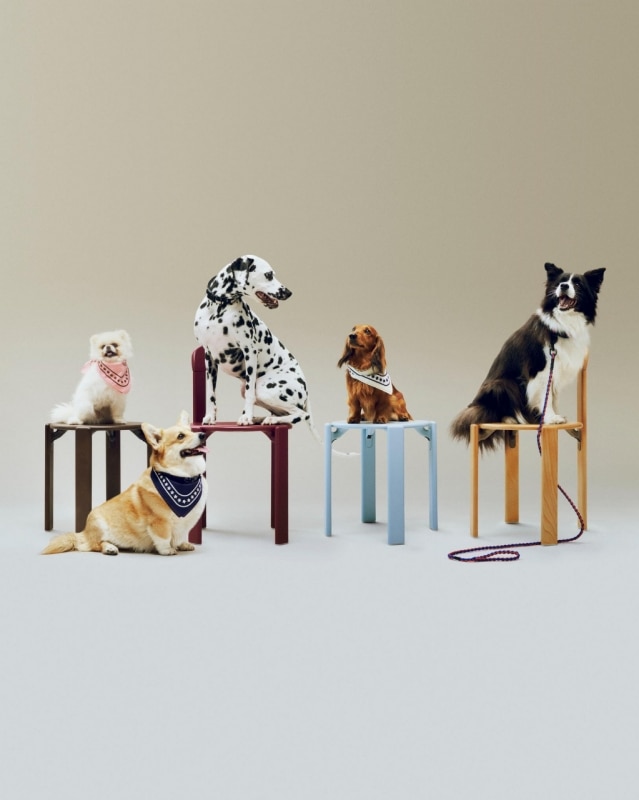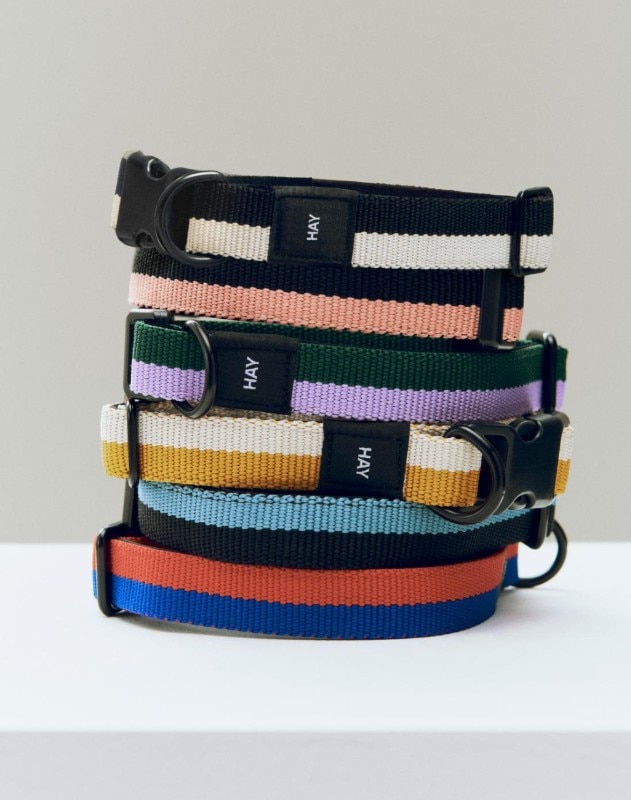In recent years, Scandinavian design has been glowing with renewed vitality. There are many reasons for this: furniture industry insiders point to everything from technical and managerial innovation to resilient, high-performing value chains, from a trade fair ecosystem that now sets the benchmark for all of Europe to an ability to interpret global trends while retaining a distinctive, authentic identity.
Beyond the structural strength of the system, which is firmly grounded in the longstanding know-how of these countries, there’s also the question of taste. The design language itself has become increasingly central and strategic, especially now that Scandinavian design is being called upon to embody the zeitgeist with a new kind of effortless allure.
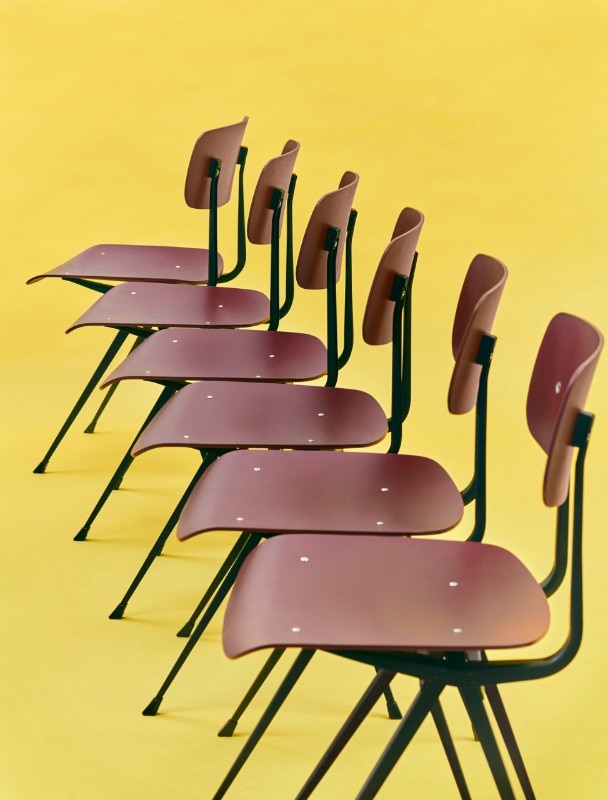
At the forefront of this evolution is Hay, the Copenhagen-based brand that has helped redefine the legacy of this regional design for a globalized, contemporary world. Founded in 2002 by Mette and Rolf Hay, partners in both life and business, the company has stayed true to a clear mission: to embody good design through accessible and beautiful projects, always people-centered and versatile in use. While Rolf oversees furniture production – collaborating with top designers such as Ronan and Erwan Bouroullec, George Sowden, Inga Sempé, Stefan Diez, Doshi Levien, and Muller Van Severen – Mette leads the accessories line with a fresh, unpretentious approach.
While Hay may be a family-run business, it would be reductive to mistake that intimacy for closure. Thanks to economies of scale, the brand now boasts significant distribution power across four continents and continues to grow in visibility.

In terms of design, formal simplicity remains an unwritten rule, applied with consistent discipline. The same goes for color: never timid in the world of furniture, and boldly expressive when it comes to accessories, where even fluorescent tones become eye-catching elements, visual magnets. Eschewing the eccentricity often favored by young contemporary designers, Hay stays true to its own vision of minimalism, one that is more aligned with industrial production than artisanal craftsmanship, aiming for low cost without sacrificing quality.
The breadth of its catalog allows Hay to present a coherent, expansive design universe, a kind of total look that reimagines the classical ideals of Scandinavian integration through a contemporary lens. This is always underpinned, in true Nordic fashion, by a functional mindset and a welcoming, informal spirit that can be seen, for instance, in the thoughtful elevation of humble, everyday objects like coat racks.

Firmly embedded in both our visual culture and purchasing habits, Hay’s bestsellers have effortlessly and charmingly made their way into everyday life; they’ve become so familiar, in fact, that their widespread presence flirts with the risk of overexposure.
Think of the Palissade collection by Ronan and Erwan Bouroullec, a series of gracefully curved outdoor chairs beloved by critics and the public alike; Hee Welling’s About A Chair (AAC), a recycled-plastic shell seat equally at home in residential and contract spaces; or British designer John Tree’s Banker’s Light, a minimalist take on the classic banker’s lamp. On the accessories side, one unassuming item managed to join the ranks of the iconic: Hay’s now ever-present Colour Crate, a flat-pack box made entirely from post-consumer plastic, increasingly popular as a cheerful storage solution in both retail and domestic settings.

In recent years, Hay has embraced reissues as an opportunity for both research and the revival of overlooked design classics. Let’s follow this path of rediscovery chronologically, from the Crate Collection, originally designed by Gerrit Rietveld in 1934 and relaunched by Rietveld Originals x HAY, to the Result Chair (1959) by Wim Rietveld and Friso Kramer, and the Rey Collection designed by Swiss-born Bruno Rey in 1971, which includes a chair that’s currently making waves – mostly for the better – throughout the pages of interior design magazines.
This year, a new reissue has joined the catalog: the X-Line Chair by Niels Jørgen Haugesen, a prime example of 1970s rigor expressed through the dynamic tension between support surfaces and the metal wire that defines its structure. Versatile yet far from ordinary, the chair is further proof of Hay’s ability to make the language of classic design resonate in tune with today’s rhythm. It combines iconic appeal with the honesty of a straightforward, playful object, free of hidden messages and ready to strike a chord with a global audience.
